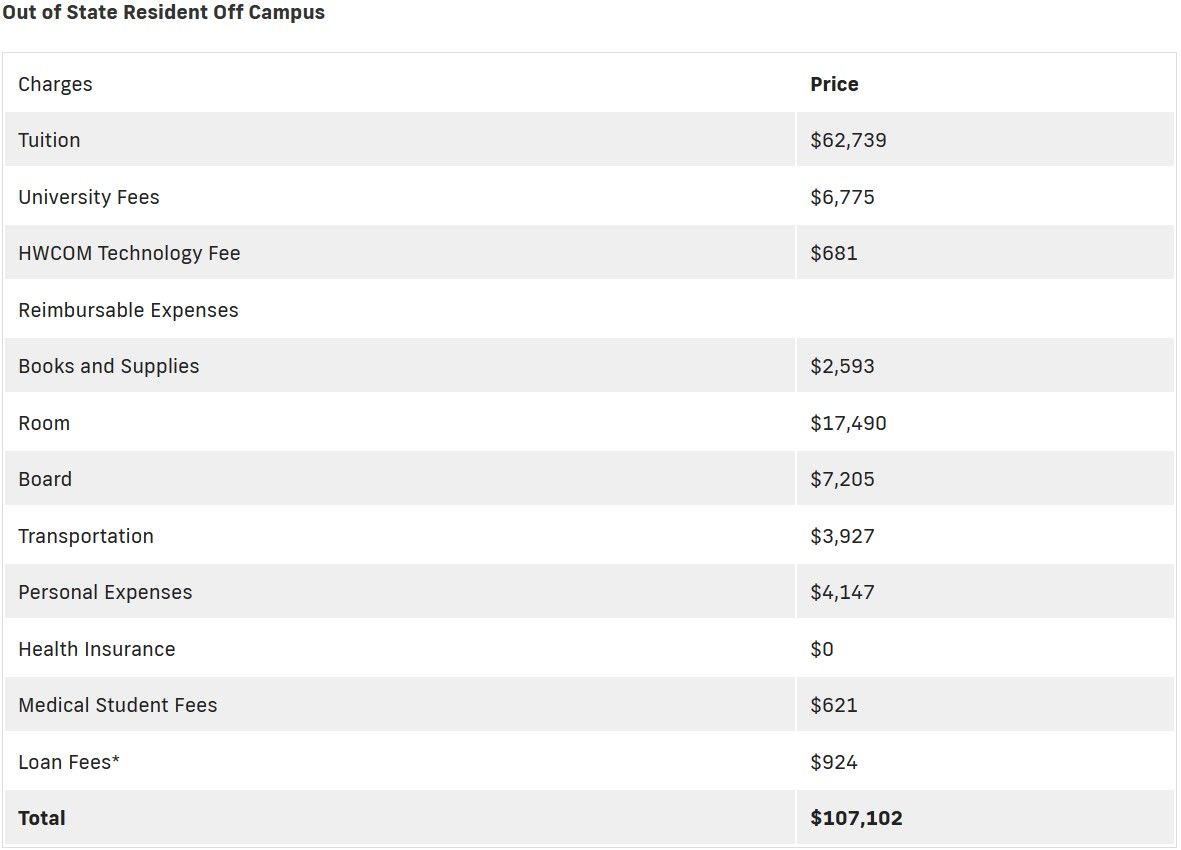PA makes video explaining why midlevels should continue to be called midlevels
💬 comments
Thou shalt continue to refer to physician assistants as midlevels.
Some describe the social media platform TikTok as the greatest thing since sliced bread; others decry it as a cancer upon society. In the case of this recent TikTok video themed "Stop calling PAs midlevel providers" posted by physician assistant Sami Ngo Akhchin, we certainly have to agree with the latter.
To prove her "thesis", Sami makes her first point by mumbling some random mumbo-jumbo about plasma volume and peripheral resistance from a PA test review book (A Comprehensive Review for the Certification and Recertification Examinations for Physician Assistants) and claiming that there's "nothing midlevel about our training". Except, how exactly is a physician assistant with two years of didactic and clinical education in a master's-level curriculum, one watered-down standardized exam focusing primarily on clinical content (the PANCE), and no residency requirements supposed to hold a candle to a physician who's been through a four-year, doctorate-level medical school curriculum, THREE standardized board exams (USMLE Steps 1, 2, 3) running the gamut from basic pathophysiology to case simulations, followed by 3-7 years of residency training, followed by specialty board examination and certification, and possibly fellowship?
| Physician Assistant | Physician (MD/DO) | |
|---|---|---|
| Medical education | 2 years (24-27 months) | 4 years of medical school |
| National exams | 1 (PANCE) | 3 (USMLE or COMLEX 1-3) |
| Residency | None/optional | Yes (3-7 years) |
| Fellowship | N/A | Optional (typically 1-3 years) |
Also consider that the holy bible for medical students, First Aid for the USMLE Step 1, has a whopping 864 pages. And that's just for Step 1. Meanwhile, the PANCE review book that Sami is trying to flex with only has a paltry 399 pages - less than half! If that's not the embodiment of midlevel education, we don't know what is. And if we were to compare physician versus midlevel length of training, PAs would be more accurately described as 20-30% levels, while nurse practitioners (NPs) would be more like 10%-levels.

The next part of the video becomes even more cringey - "there's nothing midlevel about running a code!" - while humping away on her husband's chest. (Nice Figs, I guess?) Well, guess what Sami, you're absolutely right! Has she considered the fact that paramedics run codes every day? A code is essentially nothing more than the execution of the ACLS algorithm. Hell, even a trained monkey could do it, which, ironically, is an excellent description of the level of care that midlevels provide - algorithmic and brainless, with minimal to no thought given to the underlying pathophysiology and differential diagnoses.

Finally, Sami's claim that "there's nothing midlevel about our $150K student loan debt" is, quite frankly, insulting to the 76-89% of physicians with educational debt, which averages $241,600. Medical students attending for-profit Carribean institutions, private medical schools, and public medical schools located in states unfriendly to out-of-staters can easily accrue close to $400-500K of debt from medical school alone.

Meanwhile, only 39% of PA matriculants expected their total debt from attending PA school to exceed $100,000. If Sami's $150K of debt isn't the screaming definition of "midlevel", we're not sure what is.

And to top it all off, we've since been made aware that Sami, at the ripe old age of 35, has apparently quit her job as a physician assistant and fled to Thailand. Clearly, a brilliant idea when you have $150,000 of student debt. And you know that old joke about midlevels spending more time with patients than physicians do? It's kind of hard to do that when you've forsaken your job and relocated yourself halfway (midway?) across the world. That's some true mid-level dedication right there!